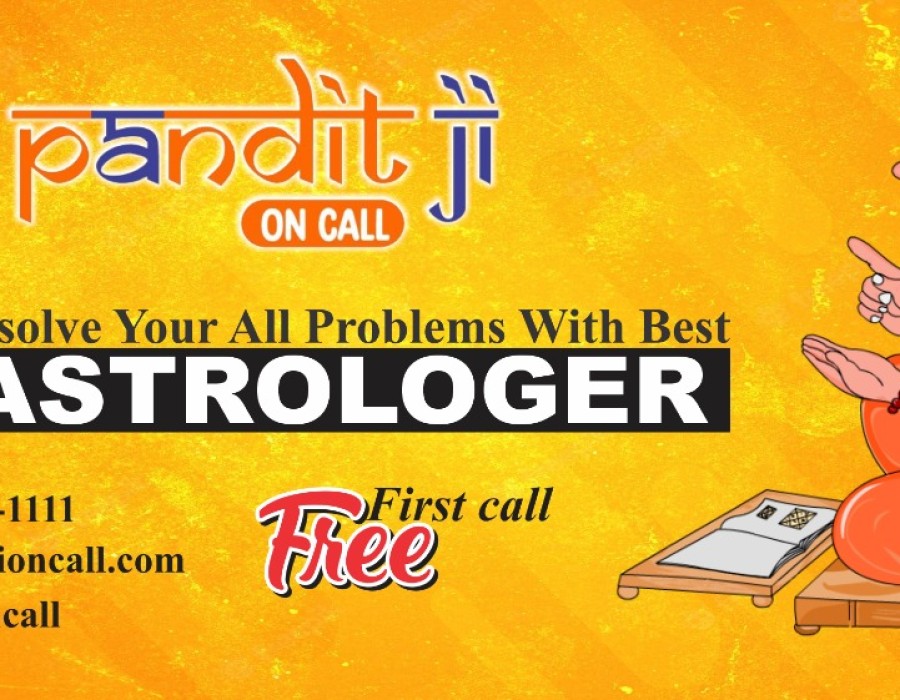Introduction
In the vast tapestry of human relationships, finding a compatible life partner is a journey that often involves a blend of intuition, emotions, and, for some, a touch of celestial guidance. Horoscope matching, an age-old practice deeply rooted in astrology, has played a significant role in helping individuals make informed decisions about their life partners. In this blog post, we delve into the intriguing world of horoscope matching and how it can provide insights into cosmic compatibility.
The Cosmic Connection
Horoscope matching, also known as Kundli Milan or Guna Milan, is a practice that draws upon the principles of astrology to analyze the compatibility between two individuals based on their birth charts. This ancient art believes that the positions and movements of celestial bodies at the time of one's birth can influence their personality, behavior, and destiny. By comparing the birth charts of two people, astrologers aim to uncover the potential harmony or discord in their future together.
The Birth Chart: A Cosmic Blueprint
At the heart of horoscope matching lies the birth chart, a personalized map of the celestial positions at the time of an individual's birth. This chart reveals crucial astrological details, such as the person's sun sign, moon sign, ascendant (rising sign), and the positions of planets in various houses. It's a cosmic blueprint that provides a unique glimpse into a person's character, inclinations, and life path.
The Matching Process
Horoscope matching involves the comparison of two birth charts to assess their compatibility in different aspects of life. Astrologers primarily use a scoring system to quantify this compatibility, assigning points (known as Gunas) based on the positions of the moon and other planetary bodies in the charts. The higher the Guna score, the better the compatibility.
Key factors considered during horoscope matching include:
1. **Nakshatras (Lunar Constellations)**: The position of the moon in specific lunar constellations in both charts is examined for emotional compatibility.
2. **Ashtakoota System**: This system analyzes eight factors or "Kootas," including Varna (caste), Vashya (control), Tara (birth star), Yoni (nature), Graha Maitri (friendship), Gana (temperament), Bhakoota (compatibility), and Nadi (health and genes).
3. **Mangal Dosha**: The presence of Mangal Dosha, or Mars affliction, is considered, as it can impact the couple's health and compatibility.
4. **Dasha Compatibility**: The timing of major life events as indicated by planetary periods (Dashas) is also examined for alignment.
The Interpretation
Once the Guna score is calculated, astrologers interpret the results to provide insights into the potential strengths and challenges of the relationship. While a high score suggests compatibility, a lower score doesn't necessarily indicate incompatibility. Instead, it points to areas where the couple may need to work together or understand each other better.
The Modern Perspective
In today's world, horoscope matching remains a popular practice among those who believe in astrology. It can be a valuable tool for gaining insights into the dynamics of a relationship and making informed decisions. However, it's essential to view it as one of many factors in the journey of finding a life partner, alongside personal values, communication, and emotional connection.
Conclusion
Horoscope matching, deeply rooted in astrology and tradition, offers a unique lens through which individuals can explore their cosmic compatibility with potential life partners. While it's not a definitive guide to successful relationships, it can provide valuable insights and help couples navigate their journey together. Whether you seek the guidance of a Pandit Ji On Call or prefer to explore astrology independently, understanding the cosmic connections within your relationship can be a fascinating and enlightening experience.





Comments